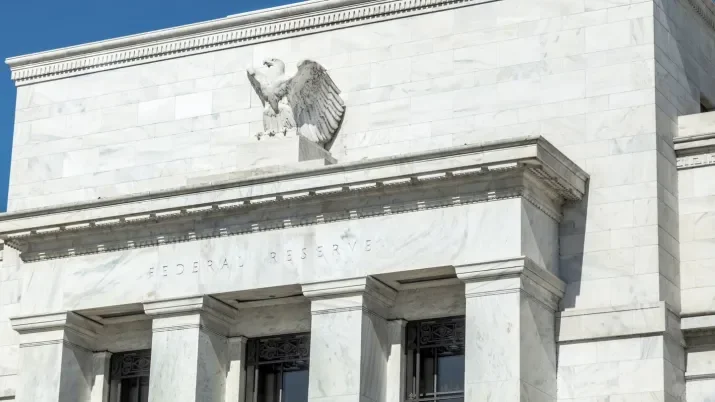A helpful technical
Mid-year reviews from investment banks have begun to hit our screens and one theme that seems to be shared among the credit strategists is a base assumption for spread decompression between Investment Grade (IG) and High Yield (HY) bonds. That view underpins their expectation of rising defaults and widening spreads in HY markets, where the move in spread would be more pronounced for lower rated credits, which would of course support an overall risk reduction approach and in particular positioning migration to higher quality assets.
European HY spreads increased sharply from a year-to-date low of 417bps at the start of March, to 564 bps as the US regional bank crisis unfolded. However, since then volatility has been more contained and spreads have tightened again to circa 440bps currently.
With investors being encouraged to be more cautious, this tightening may seem somewhat unexpected, but there is a favourable technical driver that is helping to support the market.
There has been an obvious divergence in net issuance volumes of IG and HY rated bonds so far this year, characterised by the net supply of European IG bonds totalling Euro74.7bn, which is in line with the prior two years. However, for European HY, the picture is the polar opposite. In H1, the market recorded a 5.7% decline, with the outstanding par amount reducing by Eur34.1bn. It is also noticeable that the rolling 6 month reduction seems to have accelerated over the last 18 months.
Fund flows this year have also been resilient but modest. The European High Yield market recorded about 600mm of inflows, circa 1.4% of the AuM, and given the lower issuance volumes, it was not treated as a headwind for the market.
Although a hard landing does not seem to be the base case for many strategists, given the continuing uncertainty it would not be surprising if investors were being more defensive in their portfolio positioning and an obvious way to express a defensive mindset is to move up in quality and therefore exit lower rated bonds. However, HY spreads have not shown many signs of weakness and performance has been resilient year-to-date. This may not continue of course, but the strong technical driver of lower issuance, the market also shrinking during 2022, coupled with cash on the side lines, has resulted in surprising support for the sector so far this year.



